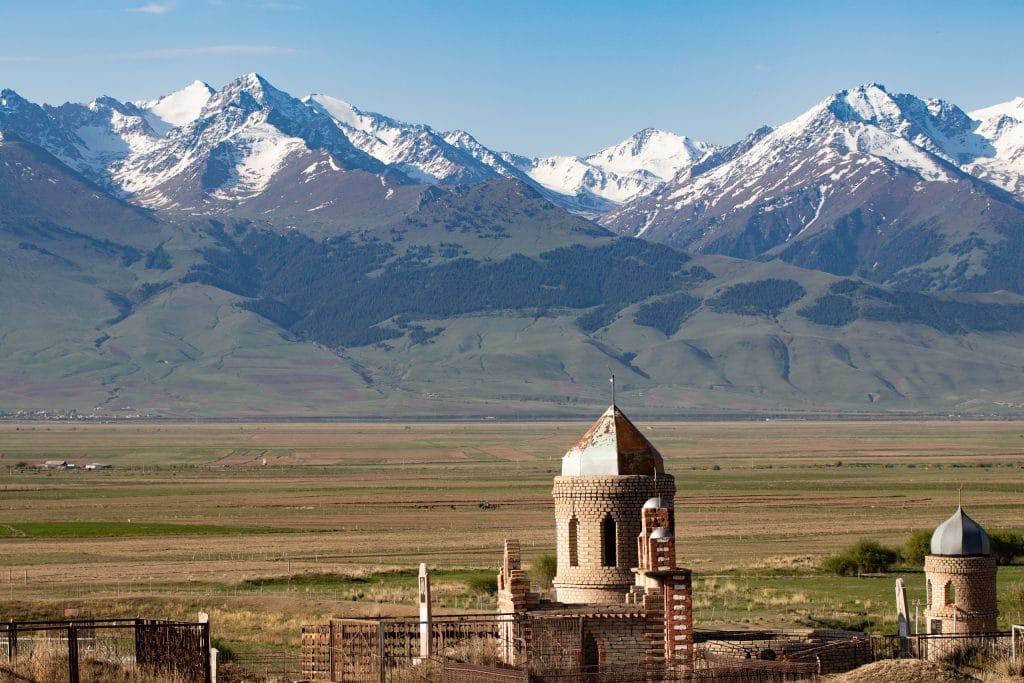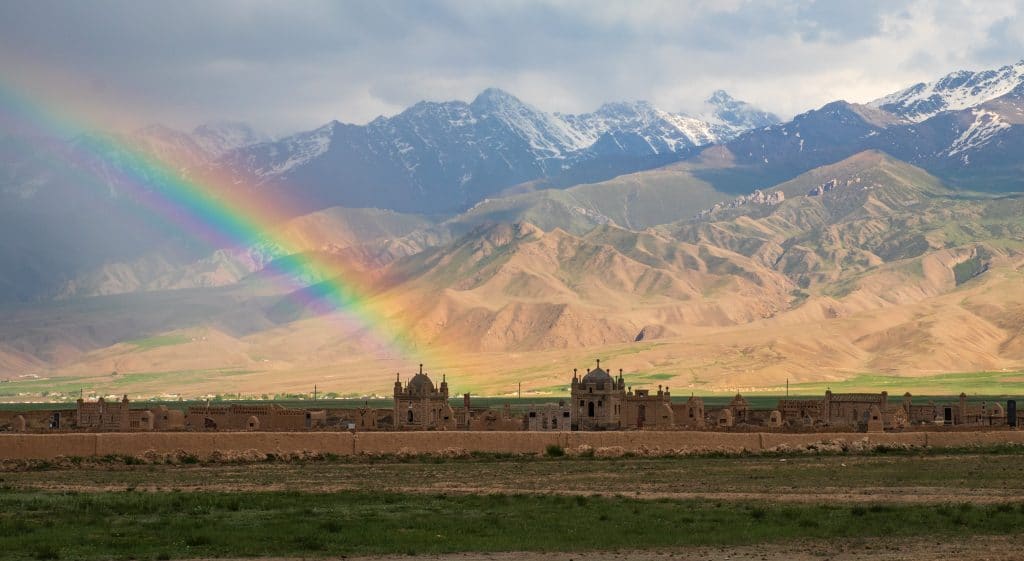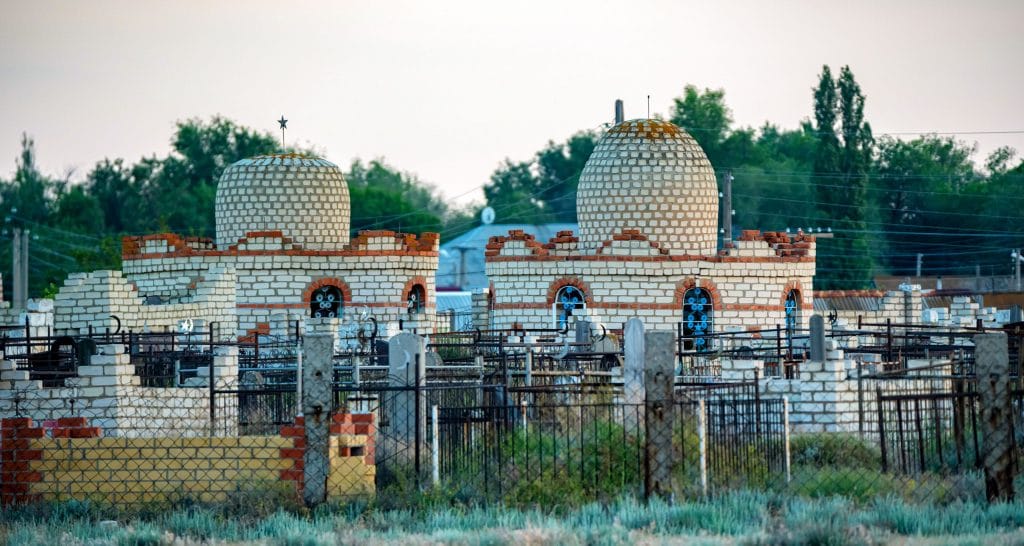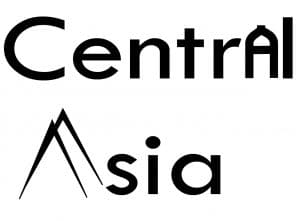Kyrgyz funeral traditions
Funeral Traditions in Kyrgyzstan
While driving around Kyrgyzstan you will surely notice cemeteries on the outskirts of almost every town or village. Kyrgyz funeral traditions include both Muslim as well as pre-Islamic era beliefs and rituals. Funerals are traditionally large, costly affairs and the graves are often decorated with marble or patterned brick tiles and topped with the Muslim crescent moon. In more rural parts and places where the islamic influence has been lesser the crescent is often replaced by some animal characters or for example the horns or antlers of an animal.
The funeral in Kyrgyzstan consists of a series of rituals: warning, ablution, mourning and burial. There are always relatives who come for help to handle issues during the mourning time meaning death is always an issue of the whole large family (In Kyrgyzstan it means usually all the people at least to the cousin level and further).
Everyone should wear a traditional hat on the days of funeral events. Women wear jooluk (scarf) and men wear kalpak or tebetei (traditional male hats). Two yurts are usually erected at the home of the dead person; one for the women mourners and the other for the body of the dead person. Relatives and close friends gather to mourn.

Koshok ritual as an grief expression

By tradition, people express their grief openly and guests will begin crying long before they reach the home of the deceased. One of the significant rituals during the funeral is called “koshok” (lamentations in the form of verses).
Women in the yurt cry loudly and sing “koshok”, while men mourn outside. The tradition of mourning cry originates from Tengrism and is preserved among the Kyrgyz to this day. Koshok is performed mainly by women and are even professional women who can be hired for it. After three days of public mourning, the dead person is buried, wrapped in white cloth according to Islamic beliefs. If the close relatives do not cry loudly, guests might judge one.
Burying the body to the cemetery
According to the custom, women are not allowed at the burial so only men go the graveyard. Every day for the following seven days the men go to the cemetery to read the Koran. The funeral itself lasts about ten days, however the period of ritual mourning goes on for a year. The remembrance takes place on the third, seventh and fortieth day and after one year an “ash” is held (annual commemoration, when the mourning ends). Another ritual that is still still often practiced is the sacrifice of a cow and a horse.


Table for the guests
Fastorkon, a table is always prepared from the beginning of the funeral. The family should let the dead go with respect, therefore following the funeral traditions requires generous sums of money, with the cow and horse being the largest expenses. In addition the family is also expected to give “jyrtysh”, meaning pieces of cloth cut in the shape of handkerchiefs in memory of the departed.
Nowadays this tradition is gradually changing and sometimes commemorations are arranged not at home but in a restaurant. Some families cannot hold annual commemorations because of financial difficulties.
Learn more about Kyrgyz Culture
Kyrgyz wedding customs
Kyrgyz Crafts
Kyrgyz national games
Page updated 17.1.2021
